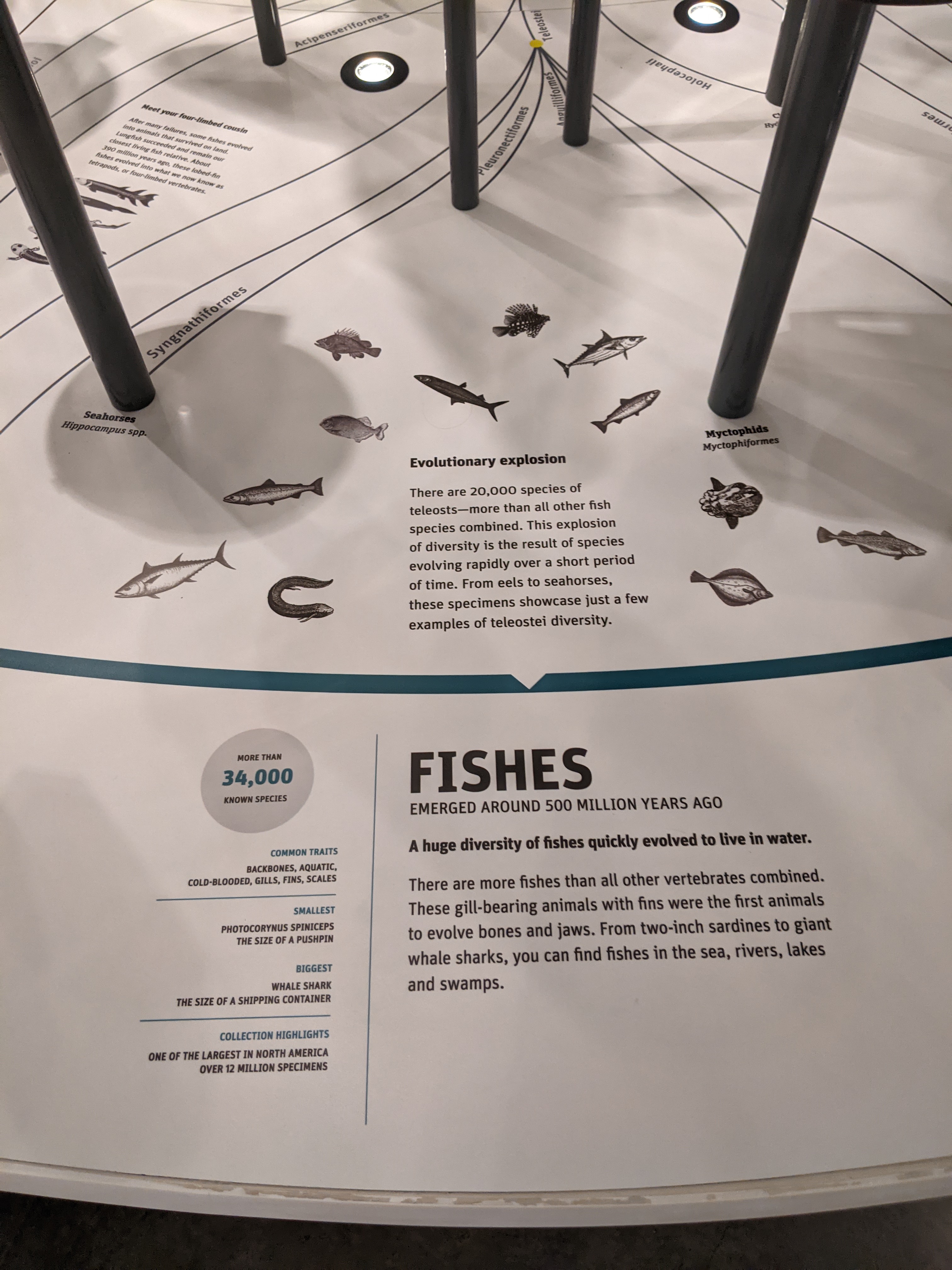76: Mountain Whitefish
One of two salmonids native to Colorado (the other one is the Cutthroat Trout)
I write to you from Arapahoe, Ute, and Cheyenne land. I am interested in learning about the different animals that live in the place where I was born. Before we start with today’s animal, I want to emphasize that biological classification as understood by western society has its roots in racism, sexism, and transphobia – here’s a good explainer about why.
Apologies for the hiatus – I was on vacation, my first use of PTO aside from attending a friend’s wedding since the pandemic started. I flew to Seattle, spent a few days there with friends, and then took the Amtrak “Starlight Coast” down to Portland for a few more days before flying home. Aside from seeing friends (hi to the one who is a reader of this newsletter!), the highlight of my trip was visiting the recently remodeled Burke Museum on the University of Washington’s campus.

The Burke has great animal-related exhibits including a massive three dimensional tree of life that includes sections on each of the different types of animals, plants, and fungi (which I learned are more closely related to animals than plants).

A funny coincidence: I just got back from the land of salmon, and today’s animal is one of only two salmonids native to Colorado. The Mountain Whitefish (Prosopium williamsoni) lives throughout the northwestern United States and into Canada, with its range including the northern edge of Colorado in the Yampa and White rivers. In the 1940s, river managers in Colorado also moved the fish into the Cache la Poudre and Colorado Rivers for sport fishing. Some of the descendants of these transplants can still be found, in low numbers, in the Roaring Fork Valley between Carbondale and Glenwood Springs.
In the 1990s and 2000s, scientists noticed a precipitous decline in the whitefish population, especially on the Yampa. Did the exceptionally dry summer of 2002 contribute to the loss of the fish, or was whirling disease, the European invasive parasite Myxobolus cerebralis, the cause? We’re still trying to figure that out.
The mountain whitefish likes to live in cold, deep water and lays its eggs in amongst coarse gravels/river cobbles when water temperature is just above freezing. The eggs develop throughout the winter, nestled safe in the river bottom, and hatch in the early spring.
Mountain whitefish also served as an important source of food in the cold winter months for Native people in the western USA, fished through holes in the ice from the Columbia River and its tributaries by the Central Coast Salish and other northwest Indigenous groups.